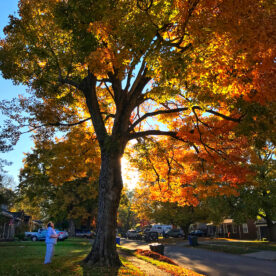“Gratitude is not only the greatest of virtues, but the parent of all the others.” ~ Marcus Tullius Cicero

When we were wandering through the Jacksonville Cemetery I lumbered past this set of old headstones. They really caught my attention because of their age, but also because their condition and ornate lettering stood out among the others. Up home in Eastern Kentucky one doesn’t find many erect, ornate headstones from this era. Whether that’s from topographical or economic conditions of the region, I can’t venture a guess, but rural cemeteries up there don’t have many such examples as these. On the other hand, I’ve seen many a cemetery with hardly more than a rock for a tombstone, and if one does happen upon a headstone from the early 1800’s, the stones are usually quite small, aged by lichen and dark. There are tombstone experts out there who could tell us much more about regional headstones, like this article for starters. It talks about the meanings of headstone symbols. Apparently the Victorians were all about it. Jewish headstones often, if not always, prefer the deceased’s name written in Hebrew. This short article tells more about that tradition. Then there’s how one compensates for sandy, wet soil in places like New Orleans. You can’t just put a body in the ground unless you don’t mind them coming back up with the next heavy rain. This short blog post lays out (so to speak) three types of graves in that region. It’s fascinating how we choose to honor our ancestors with these markers, and how those markers change over time and distance. And the things they can do on stone these days – wow. I might qualify as an official nerd now.




Leave a Reply